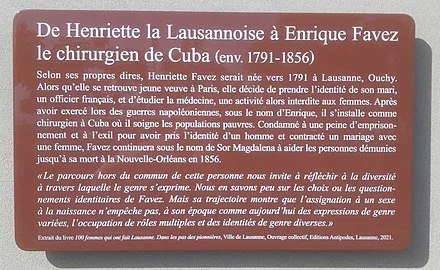Coining the term “Sex is an accident”, Eva Gore-Booth was faced with an uphill climb in her lifetime in the early 20th century. A poet, suffragist, and lifelong activist, her story is sometimes forgotten in the shadow of her more famous sister Countess Markievicz who had many of the same aims of gender and class equality. Eva found her path through her partnership with Esther Roper, her lover and lifelong companion.
Making Queer History has a vague title because it has a rather vague purpose. We are not alone in our aim to tell the queer community’s history. What defines us is our focus not only on the past, but toward the future.


